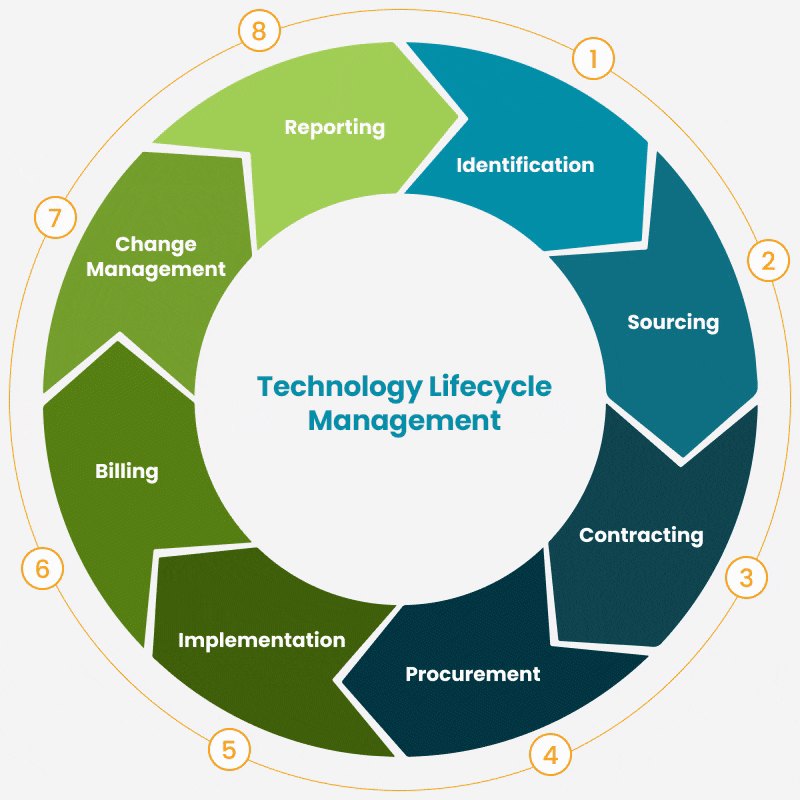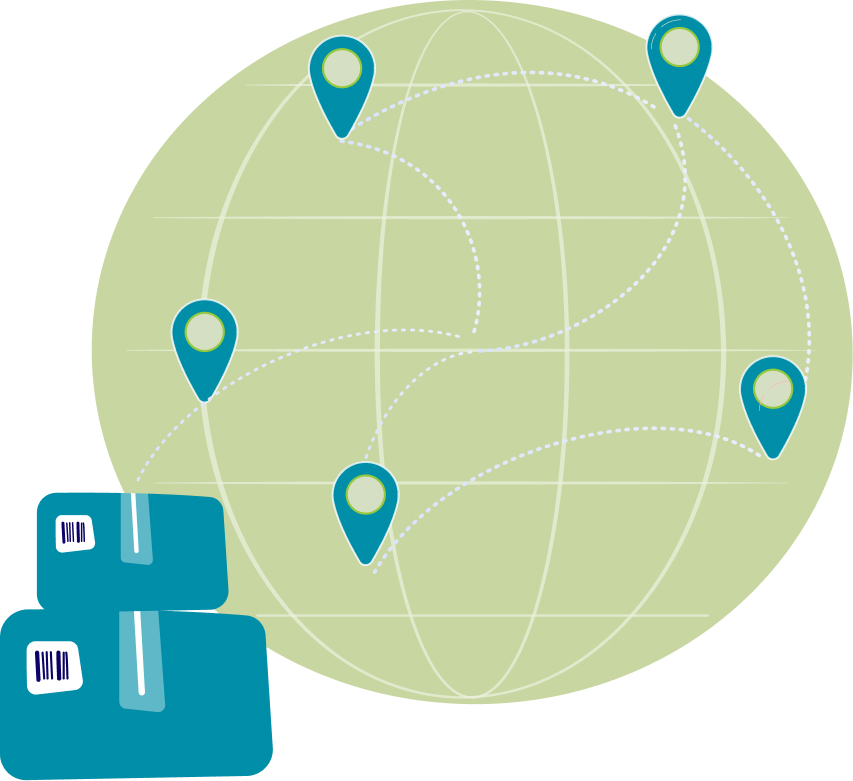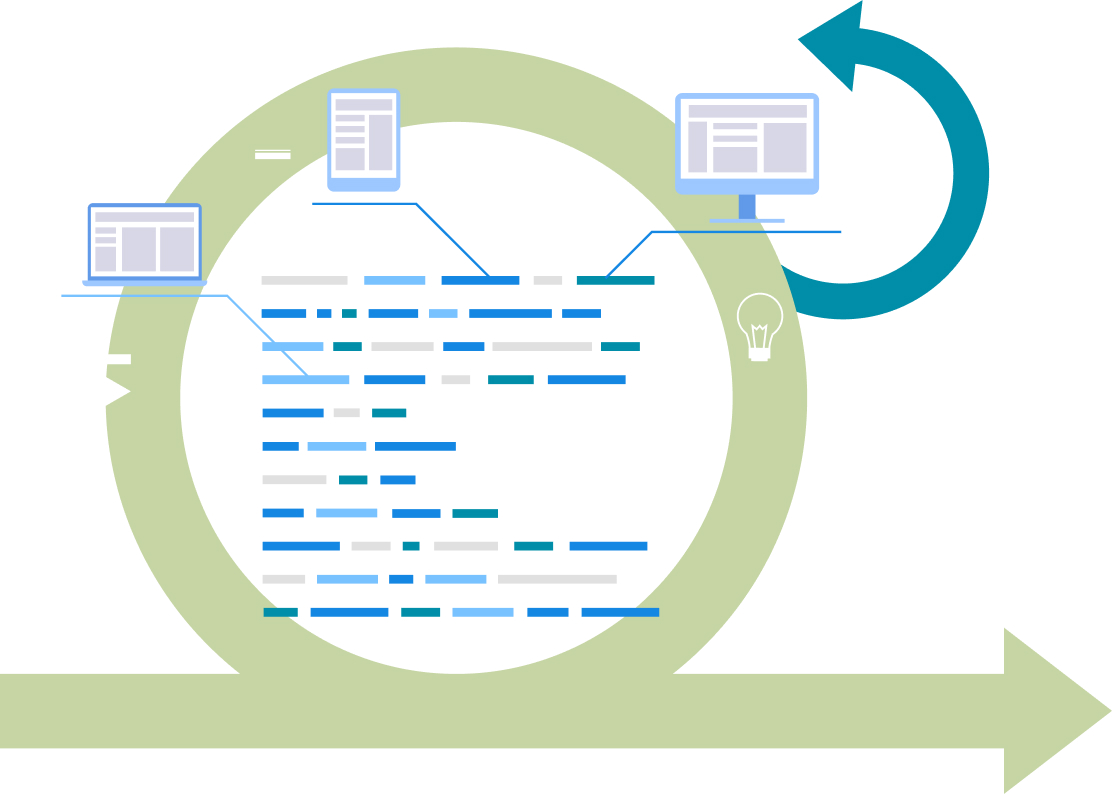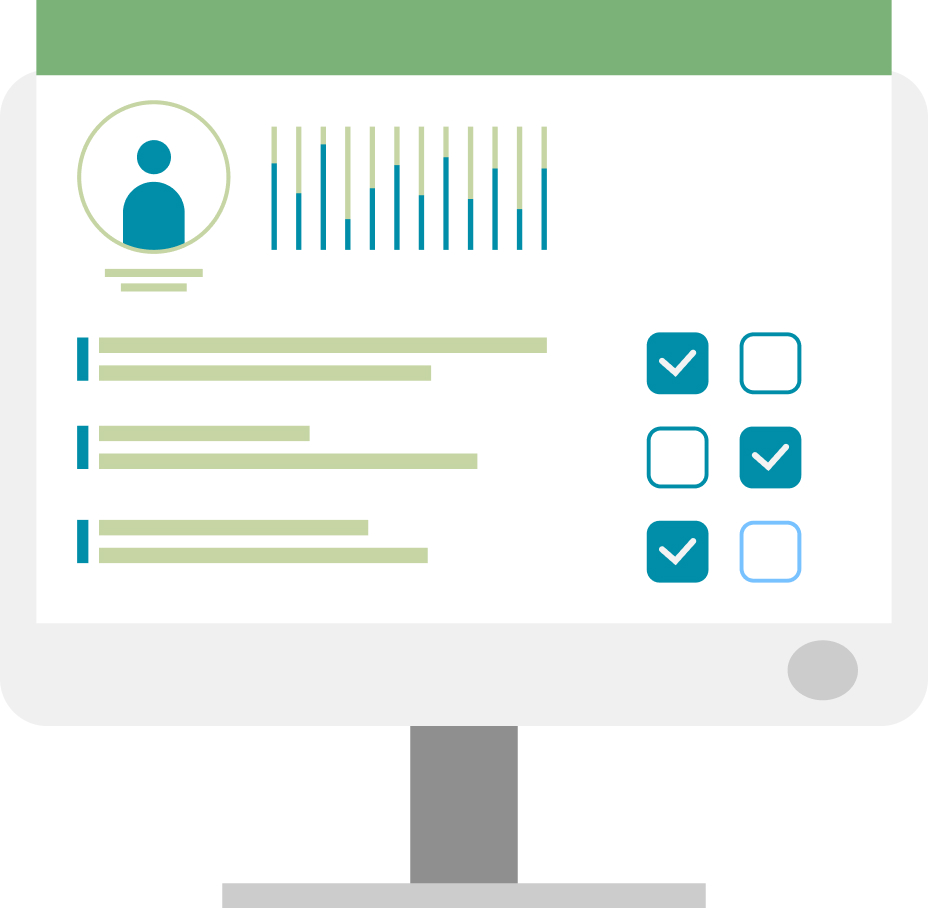Artificial Intelligence (AI) is revolutionizing how businesses interact with customers and employees. AI is being increasingly integrated into various aspects of business operations to attract, convert and retain more customers by providing a more personalized and frictionless experience. It can also improve employee efficiency, productivity, and overall experience while reducing attrition. So, what is artificial intelligence? And how will AI shape both customer and employee experiences in modern organizations?
Artificial Intelligence Impacts on Customer Experience (CX)
Chatbots providing responses to customer queries 24/7 may be the first thing that comes to mind when most people consider AI in CX. And while chatbots are a powerful tool, they are only the tip of the iceberg.
There are three primary factors in how AI will impact CX:
- Bots are revolutionizing customer engagement. Bots can handle most common interactions more quickly than people can and do it in the channels each customer prefers. They also increase engagement in places like social media which has been historically underserved due to perceived low value interactions. Additionally, bots can quickly analyze customer intents and offer personalized recommendations by integrating with systems of record. The result? Comparisons show in many cases, effective self-service implementations result in a more satisfying customer experience than their human counterparts.
- AI in Analytics drives successful customer engagement. Successful self-service (or human service for that matter!) do not just happen. Historically, understanding customer intents and optimizing journeys has been challenging, expensive and slow for businesses. AI-powered algorithms that swiftly and effectively analyze customer behavior and preferences, while spotting inefficiencies and trends make bots more effective and faster to deploy further catering to increasing consumer demand.
- Predictive Analytics address issues before they happen. By analyzing all interactions and outcomes, customer reaction to issues can be flagged and proactively addressed before they impact many more customers. Predictive CSAT provides a broader and less biased measure of the voice of the customer (VOC) looking at all conversations to illustrate satisfaction based on content, context, and sentiment. This raises awareness and accelerates issue resolution by increasing agility and decision certainty. Ultimately, these insights tailor experiences to meet individual needs and enhance customer loyalty and satisfaction.
Analytics and bots amplify each other’s effectiveness by understanding customer intents, being where they are when they are needed, and creating frictionless interactions. Does your technology allow you to give your customers what they’re looking for?
Artificial Intelligence Impacts on Employee Experience (EX)
The impact of artificial intelligence on Employee Experience (EX) is more profound on an individual basis by solving challenges and improving experiences for employees for the better part of each day with five primary factors reshaping the landscape.
There are five primary factors in how AI will impact EX:
#1
Real-time guidance is facilitated in many ways. Transcribing calls in real-time allows AI to provide script suggestions and relevant information, next best action, customer sentiment, soft skills coaching, assisting in order creation or form completion, and even language translation and more in the moment when they can help that customer. A “magic box” search field can also be embedded where bots scour information in a knowledge base, articles, SOPs, and training materials, accessing other applications within seconds to provide accurate answers consistently. This ability can be extended to all employees through applications like Teams or Slack to answer common inquiries like procedures and PTO.
#2
AI-powered immersive learning & simulation empowers employees by personalizing training programs to individual learning styles and preferences, enhancing skills leading to increased job satisfaction and productivity, and reducing training time while speeding up proficiency and increasing first contact resolution.
#3
AI enhanced performance management enables effective contextualization and ranking of employee performance (in and out of the contact center) by looking at quality, interaction data, and outcomes. It aids through, creation of top performer profiles, individualized training actions, process transparency, consistency, accountability, competition, and understanding of supervisor efficacy leading to performance gains, reduction in churn, and increased profit margin.
#4
Analysis of employee feedback to drive improvements by fostering a positive work environment through analytics tools like those used to improve customer experience (CX). This involves analyzing employee feedback and sentiment to identify areas of improvement promptly, thus improving morale via proactive engagement.
#5
Streamlining human resources processes is achieved by automating repetitive tasks like recruitment, onboarding, and performance evaluations, which frees up HR professionals to focus on more strategic initiatives, enhancing the overall employee experience.
Regardless of your industry, from healthcare to retail to financial services, happy and effective employees result in delighted customers. The reverse is also true as satisfied customers increase employee satisfaction and the cycle continues to reinforce itself.
Conclusion
Embrace AI as an essential tool, not merely a trend, to remain competitive in today’s rapidly evolving digital landscape. The competition is exploring artificial intelligence solutions right now, which makes today the perfect time to assess your AI readiness and strategy to unlock the full potential of technology to drive success. Start today to shape a brighter tomorrow for your business and its stakeholders. Consider inviting Bluewave to help you accelerate that journey by leveraging our expertise and experience for an AI assessment to improve your CX and EX.
Aaron Portz, Senior Consultant | CX / EX
Bluewave







 As your business begins planning your next technology or transformation initiative, you may naturally start by researching and identifying the entire IT environment you need. However, if you can’t clarify why you need it, you’ll never establish specific project goals during the planning phase. On top of that, you also have to research and leverage hundreds of global providers to get a clear idea of which provider(s) offer the technology you’re interested in deploying. As technology converges, it is becoming even more complicated and confusing. Ultimately, the process is research-intensive, time-consuming, and requires resources.
As your business begins planning your next technology or transformation initiative, you may naturally start by researching and identifying the entire IT environment you need. However, if you can’t clarify why you need it, you’ll never establish specific project goals during the planning phase. On top of that, you also have to research and leverage hundreds of global providers to get a clear idea of which provider(s) offer the technology you’re interested in deploying. As technology converges, it is becoming even more complicated and confusing. Ultimately, the process is research-intensive, time-consuming, and requires resources. Even after you’ve identified the providers that offer the technology you’re interested in, you still need to pinpoint which of those check all your boxes. Sure, they may offer SD-WAN, but do they have the service levels and capabilities to integrate UCaaS or Security into your network architecture? If you don’t ask questions like this, you risk misinterpreting a provider’s offerings.
Even after you’ve identified the providers that offer the technology you’re interested in, you still need to pinpoint which of those check all your boxes. Sure, they may offer SD-WAN, but do they have the service levels and capabilities to integrate UCaaS or Security into your network architecture? If you don’t ask questions like this, you risk misinterpreting a provider’s offerings. Great—you’ve finally found the providers that best match your project goals, but now you have to understand how their pricing models work to select the right one for your budget. There are a lot of confusing fees and pricing structures in telecom and software—deciphering, usage, taxes, fees, rates, renewals, terms, and conditions. Lack of understanding means you will pay for more than you should.
Great—you’ve finally found the providers that best match your project goals, but now you have to understand how their pricing models work to select the right one for your budget. There are a lot of confusing fees and pricing structures in telecom and software—deciphering, usage, taxes, fees, rates, renewals, terms, and conditions. Lack of understanding means you will pay for more than you should. By now, you think you must have gotten over the hump, and the rest of the project will be a downhill run. All you have left to do is buy and deploy the devices. Not entirely—this is often where the real work begins. During the procurement phase, the carrier will require documentation and information on existing services, locations, and more to figure out what you need before placing orders.
By now, you think you must have gotten over the hump, and the rest of the project will be a downhill run. All you have left to do is buy and deploy the devices. Not entirely—this is often where the real work begins. During the procurement phase, the carrier will require documentation and information on existing services, locations, and more to figure out what you need before placing orders. During the implementation phase, you have to hand your project off to your project management team while coordinating vendors, staying ahead of timelines, and managing all the documentation. You’ve been working primarily with the service provider sales team until this stage, and now you have been handed off to the implementation team, which can have different project goals and expectations. When that happens, you have to project manage the implementation process yourself.
During the implementation phase, you have to hand your project off to your project management team while coordinating vendors, staying ahead of timelines, and managing all the documentation. You’ve been working primarily with the service provider sales team until this stage, and now you have been handed off to the implementation team, which can have different project goals and expectations. When that happens, you have to project manage the implementation process yourself. We’ve already discussed one of the core pain points of billing— SaaS, telecom, and cloud bills can be confusing and sometimes misleading. We often encounter invoices that are written to protect the carrier or are not intuitive and make it difficult for you to identify billing errors. That makes it nearly impossible to understand what you’re truly paying for unless you know what you’re reading.
We’ve already discussed one of the core pain points of billing— SaaS, telecom, and cloud bills can be confusing and sometimes misleading. We often encounter invoices that are written to protect the carrier or are not intuitive and make it difficult for you to identify billing errors. That makes it nearly impossible to understand what you’re truly paying for unless you know what you’re reading. After you’ve migrated services, your old carrier has no responsibility to disconnect services. That falls on you and your business. However, ending services generally requires a 30- or 60-day notification period, so if you don’t plan accordingly, you may end up double-paying for services you’ll never use. At the same time, if you don’t coordinate the transition, your business may absorb the cost of phantom services that could remain hidden for months or even years before anyone notices them.
After you’ve migrated services, your old carrier has no responsibility to disconnect services. That falls on you and your business. However, ending services generally requires a 30- or 60-day notification period, so if you don’t plan accordingly, you may end up double-paying for services you’ll never use. At the same time, if you don’t coordinate the transition, your business may absorb the cost of phantom services that could remain hidden for months or even years before anyone notices them. Bills aren’t the only difficult-to-decipher aspect of the telecom and communications world. Carriers’ and vendors’ reporting may not be easy to access or understand. Even when available, those reports don’t enable telecom inventory management, and they make it impossible to track services across multiple locations, multiple providers, multiple contracts, or bridge the gap between finance and IT.
Bills aren’t the only difficult-to-decipher aspect of the telecom and communications world. Carriers’ and vendors’ reporting may not be easy to access or understand. Even when available, those reports don’t enable telecom inventory management, and they make it impossible to track services across multiple locations, multiple providers, multiple contracts, or bridge the gap between finance and IT.